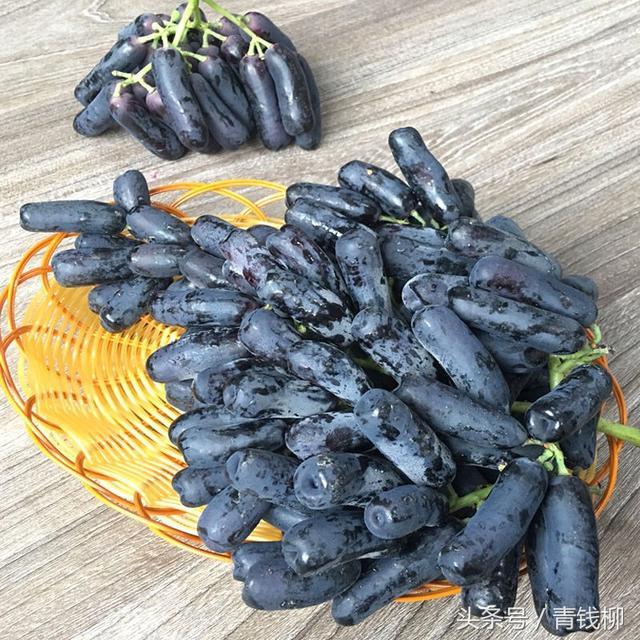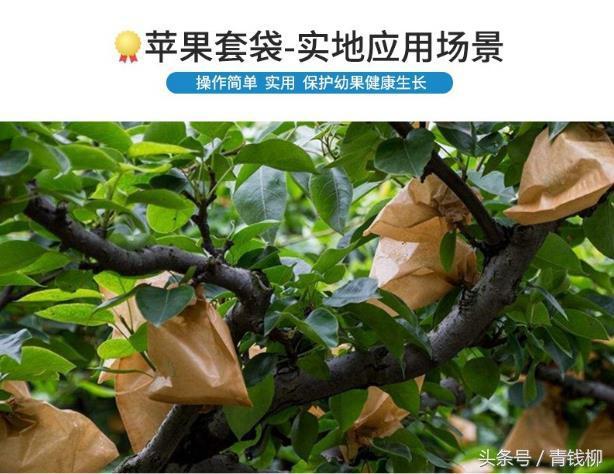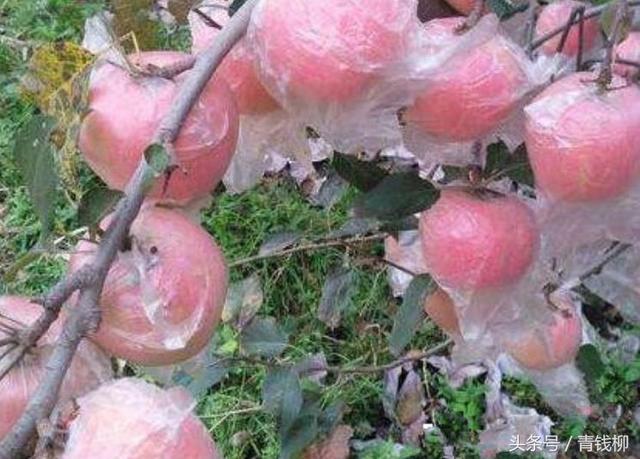How to use organic fertilizer in vineyard

How to use organic fertilizer in vineyards
Grape is a kind of intensive cultivation crop. Fertilization is an important link in the process of planting management. Reasonable fertilization can not only improve grape quality and benefit, reduce cost, but also regulate soil structure and improve grape development and nutrition conditions. At present, there are many phenomena in grape production, such as large amount of chemical fertilizer and random supplement of trace elements, etc., ignoring the role of organic fertilizer in improving yield, improving quality and fertilizing soil. Proper use of organic fertilizer will ensure healthy growth, normal fruit and excellent quality of grapes.
1 Benefits of organic fertilizer use
The benefits of applying organic fertilizer to grape fields are as follows: ① Organic fertilizer is rich in trace elements, with many types and good activation performance, which is conducive to the balanced absorption of various elements by plants.② Fertility lasting, no pollution, is the production of organic, green and pollution-free food reliable fertilizer. Organic fertilizer can be converted into organic matter in the soil, which can not only promote the formation of soil aggregate structure, but also make the soil loose and breathable. At the same time, it can combine excess fertilizer in the soil, improve fertilizer utilization rate, reduce fertilizer damage and prolong fertilizer efficiency.④ The use of organic fertilizer in the "fertilizer" is not the purpose, mainly the use of organic fertilizer to improve the soil. Large amounts of organic fertilizer can reduce the use of chemical fertilizers and protect the environment.
2 Selection of organic fertilizer
Organic fertilizer is processed from biological substances, animal and plant wastes, plant residues, toxic and harmful substances have been eliminated, rich in a large number of beneficial substances, organic acids, peptides, etc., rich in nitrogen, phosphorus, potassium and other rich nutrients. There are three common organic fertilizers:
2.1 Commodity organic fertilizer is generally the organic fertilizer that has been biologically treated by the manufacturer. After high temperature treatment, pests and weed seeds have basically died. The commodity organic fertilizer produced by the regular manufacturer can be used with confidence. It is best to choose special organic fertilizer for vineyards.
2.2 Compost is generally known as farm manure, is made of manure and straw, etc., if the heap is good, you can also rest assured to use. Considering that the manure supplied by the farm has strong acidity and alkalinity, heavy metals, antibiotics, etc., it will affect the soil and fruit quality of the vineyard. Insufficient decomposition will burn the grape root system and may also bring diseases and insect pests. Therefore, it is not recommended to compost by oneself.
2.3 Green manure, that is, green plants planted after returning to the field use, it is recommended that growers use grape garden grass method, this method to reduce ground temperature, increase vineyard humidity, moisture preservation and improve soil organic matter content play a positive role. According to relevant data, the increase of soil organic matter in grass-growing vineyard was not obvious within 1~2 years, but from the third year, the content of soil organic matter increased significantly. Commonly used are mung bean, clover and ryegrass.
New organic fertilizer biomass char is recommended. Biomass char is the product of carbonization and decomposition of crop straw and wood processing waste under high temperature and oxygen limiting conditions. It is rich in plant nutrients and micropores, not only has a larger specific surface area, but also contains more oxygen-containing active groups on the surface. When applied to soil, it can increase soil beneficial microorganisms, increase soil water holding capacity, improve soil fertilizer holding capacity, adjust soil pH, fix carbon and nitrogen, etc. It can also adsorb heavy metals and organic pollutants in soil and sewage, and its effective period is as long as 65~100 years. It is an ideal organic fertilizer.
3 Use time of organic fertilizer
Base fertilizer is the most important part of vineyard fertilization, organic fertilizer is used as base fertilizer. September to October in the north and October to November in the south are the best, when fertilization only hurts capillary roots, deep fertilization can be applied, and fertilization range can be appropriately expanded, without affecting fruit tree growth. Early maturing varieties after fruit harvest, late maturing varieties after fruit maturity. At this time, one-time fertilization can play a dual effect of fertilizing and loosening the soil.
4. Use of organic fertilizer
Fertilization methods are different for grapes of different frame shapes, and grapes of hedge frame can be applied on either side. Grape trellis is in the trellis under the best ditch, for planting less pit best. Two common methods are:
4.1 Strip-trenching and fertilization Dig strip-trenching between trees, the width of the ditch is 30~40cm, the depth of the ditch is 40~50cm, the grape root grows in the soil layer of 40~60cm, too shallow or too deep will not play a role. Trenching one side and changing the other side the next year not only keeps the balance of organic matter in the soil, but also helps protect the grape roots. Pay attention to observation when ditching, do not destroy grape roots. Mix fertilizer and soil evenly and backfill. In order to induce roots to develop into deep soil and accelerate soil ripening, the lowest layer of soil excavated 10cm away from the ground surface.
4.2 Circular ditch fertilization: circular ditch is dug with grape tree as center, fertilization method and ditch specification are the same as strip ditch fertilization method. It is recommended to adopt the method of alternate furrow fertilization, that is, digging ditches and fertilizing in rows 1, 3 and 5 (odd rows) in the first year, and digging ditches and fertilizing in rows 2, 4 and 6 (even rows) in the second year. After such alternate fertilization, not only the soil of the whole garden has been deeply turned and improved, but also the workload of fertilization has been reduced.
5 Notes
(1) The organic matter content of medium level soil is about 2%~3%, 667m3 increases 1 unit of organic matter needs organic fertilizer about 3t, and the use of organic fertilizer should be continuously supplemented, so it is best to use organic fertilizer every year, the more the better. (2) Promote the combined application of organic fertilizer and chemical fertilizer. According to the soil fertility conditions and yield level of the garden, the use of potassium fertilizer should be increased appropriately, and trace elements such as calcium, zinc, boron and iron should be applied in combination. Chemical fertilizers such as urea, potassium dihydrogen phosphate and calcium superphosphate should be mixed with organic fertilizer or microbial fertilizer. The ratio of organic nitrogen to inorganic nitrogen is 1:1, which is basically equivalent to the ratio of farm manure 1000kg: 20kg urea. (3) Combining fertilizer application with high-yield and high-quality cultivation and integrated technology of water and fertilizer.
- Prev

Key points of apple bagging technology
Apple bagging technology points Every year from late May to early June, fruit farmers will bag apples to protect the fruit surface clean, prevent fruit rust, avoid pests biting the flesh, and reduce pesticide residues in apples. 1 bagging time bagging since morning...
- Next

Apple shaping and pruning and Pest Control in Lingwu City
Lingwu City Apple shaping, pruning and Pest Control Lingwu City is located in the central part of Ningxia Hui Autonomous region with superior natural conditions such as temperature, light and precipitation. Apples and other fruits are widely planted and are known as the "hometown of flowers and fruits".
Related
- Wuhan Hospital Iron Tree Blooming Result Was Instantly Frightened by the Gardener Master
- Which variety of camellia is the most fragrant and best? Which one do you like best?
- What is the small blue coat, the breeding methods and matters needing attention of the succulent plant
- Dormancy time and maintenance management of succulent plants during dormancy
- Minas succulent how to raise, Minas succulent plant pictures
- What are the varieties of winter succulent plants
- How to raise succulent plants in twelve rolls? let's take a look at some experience of breeding twelve rolls.
- Attention should be paid to water control for succulent plants during dormant period (winter and summer)
- Watering experience of twelve rolls of succulent plants
- Techniques for fertilizing succulent plants. An article will let you know how to fertilize succulent plants.

